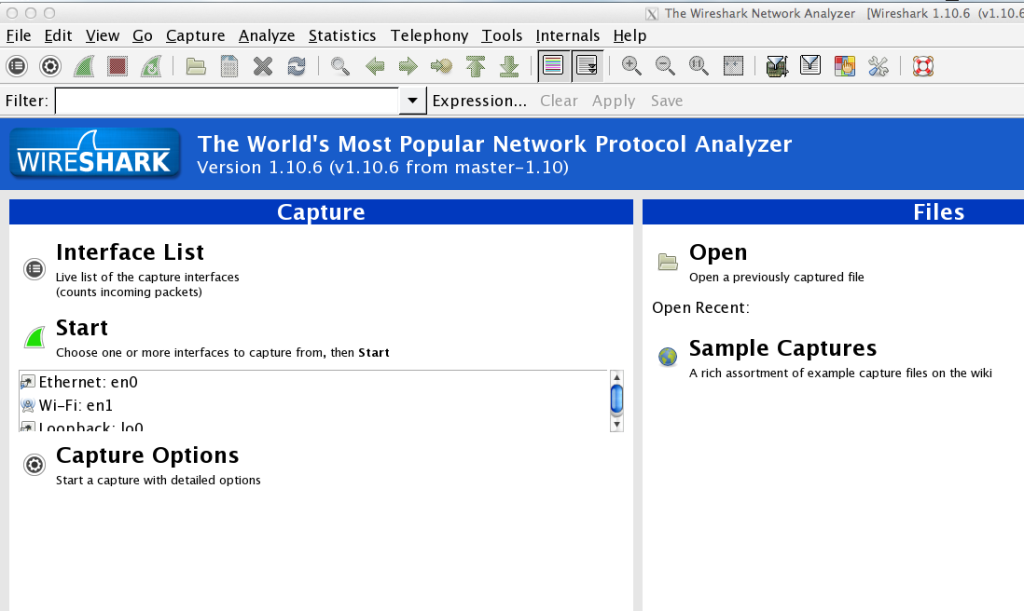I have written about ddrescue in an article before, but just mentioned it without explaining how to use it.
As I had to use it again this weekend, here is how things go:
Install ports
1. Go to:https://www.macports.org/install.php and download your ports version of choice.
2. reboot
3. sudo port -v selfupdate
Install ddrescue
sudo port install ddrescue
This can even go without xcode:
Warning: xcodebuild exists but failed to execute
Warning: Xcode does not appear to be installed; most ports will likely fail to build.
Test installation:
ddrescue --help
GNU ddrescue - Data recovery tool.
Copies data from one file or block device to another,
trying to rescue the good parts first in case of read errors.
Usage: ddrescue [options] infile outfile [mapfile]
Always use a mapfile unless you know you won't need it. Without a
mapfile, ddrescue can't resume a rescue, only reinitiate it.
NOTE: In versions of ddrescue prior to 1.20 the mapfile was called
'logfile'. The format is the same; only the name has changed.
If you reboot, check the device names before restarting ddrescue.
Do not use options '-F' or '-G' without reading the manual first.
Options:
-h, --help display this help and exit
-V, --version output version information and exit
-a, --min-read-rate= minimum read rate of good areas in bytes/s
-A, --try-again mark non-trimmed, non-scraped as non-tried
-b, --sector-size= sector size of input device [default 512]
-B, --binary-prefixes show binary multipliers in numbers [SI]
-c, --cluster-size= sectors to copy at a time [128]
-C, --complete-only do not read new data beyond mapfile limits
-d, --idirect use direct disc access for input file
-D, --odirect use direct disc access for output file
-e, --max-errors=[+] maximum number of [new] error areas allowed
-E, --max-error-rate= maximum allowed rate of read errors per second
-f, --force overwrite output device or partition
-F, --fill-mode= fill blocks of given types with data (?*/-+l)
-G, --generate-mode generate approximate mapfile from partial copy
-H, --test-mode= set map of good/bad blocks from given mapfile
-i, --input-position= starting position of domain in input file [0]
-I, --verify-input-size verify input file size with size in mapfile
-J, --verify-on-error reread latest good sector after every error
-K, --skip-size=[,] initial size to skip on read error [64 KiB]
-L, --loose-domain accept an incomplete domain mapfile
-m, --domain-mapfile= restrict domain to finished blocks in file
-M, --retrim mark all failed blocks as non-trimmed
-n, --no-scrape skip the scraping phase
-N, --no-trim skip the trimming phase
-o, --output-position= starting position in output file [ipos]
-O, --reopen-on-error reopen input file after every read error
-p, --preallocate preallocate space on disc for output file
-P, --data-preview[=] show some lines of the latest data read [3]
-q, --quiet suppress all messages
-r, --retry-passes= exit after retry passes (-1=infinity) [0]
-R, --reverse reverse the direction of all passes
-s, --size= maximum size of input data to be copied
-S, --sparse use sparse writes for output file
-t, --truncate truncate output file to zero size
-T, --timeout= maximum time since last successful read
-u, --unidirectional run all passes in the same direction
-v, --verbose be verbose (a 2nd -v gives more)
-w, --ignore-write-errors make fill mode ignore write errors
-x, --extend-outfile= extend outfile size to be at least this long
-X, --exit-on-error exit after the first read error
-y, --synchronous use synchronous writes for output file
-1, --log-rates= log rates and error sizes in file
-2, --log-reads= log all read operations in file
--ask ask for confirmation before starting the copy
--cpass=[,] select what copying pass(es) to run
--max-read-rate= maximum read rate in bytes/s
--pause= time to wait between passes [0]
Numbers may be in decimal, hexadecimal or octal, and may be followed by a
multiplier: s = sectors, k = 1000, Ki = 1024, M = 10^6, Mi = 2^20, etc...
Time intervals have the format 1[.5][smhd] or 1/2[smhd].
Exit status: 0 for a normal exit, 1 for environmental problems (file
not found, invalid flags, I/O errors, etc), 2 to indicate a corrupt or
invalid input file, 3 for an internal consistency error (eg, bug) which
caused ddrescue to panic.
Report bugs to bug-ddrescue@gnu.org
Ddrescue home page: http://www.gnu.org/software/ddrescue/ddrescue.html
General help using GNU software: http://www.gnu.org/gethelp
Find the right disk
diskutil list
Start ddrescue
sudo ddrescue -v /dev/disk3s2 /Volumes/backup/failing_drive_backup.dmg failing_drive_backup.log
GNU ddrescue 1.20
About to copy an unknown number of Bytes from /dev/disk3s2 to /Volumes/backup/failing_drive_backup.dmg.
Starting positions: infile = 0 B, outfile = 0 B
Copy block size: 128 sectors Initial skip size: 128 sectors
Sector size: 512 Bytes
Press Ctrl-C to interrupt
rescued: 7621 MB, errsize: 0 B, current rate: 10878 kB/s
ipos: 7621 MB, errors: 0, average rate: 10484 kB/s
opos: 7621 MB, run time: 12m 7s, remaining time: n/a
time since last successful read: 0s
Faster
Found an good recommendation from Christian Schwang:
– instead of /dev/disk{x} you may use /dev/rdisk{x} – This will give a massive performance boost (in my testing transfer rate went from 30 MB to 130 MB). For detailed reason you may want to look at: http://lists.apple.com/archives/filesystem-dev/2012/Feb/msg00015.html
Result with the same drive as above:
sudo ddrescue -v /dev/rdisk3s2 /Volumes/backup/failing_drive_backup2.dmg failing_drive_backup2.log
Password:
GNU ddrescue 1.20
About to copy an unknown number of Bytes from /dev/rdisk3s2 to /Volumes/backup/failing_drive_backup2.dmg.
Starting positions: infile = 0 B, outfile = 0 B
Copy block size: 128 sectors Initial skip size: 128 sectors
Sector size: 512 Bytes
Press Ctrl-C to interrupt
rescued: 5215 MB, errsize: 0 B, current rate: 34209 kB/s
ipos: 5215 MB, errors: 0, average rate: 33649 kB/s
opos: 5215 MB, run time: 2m 35s, remaining time: n/a
time since last successful read: 0s
Known issues
drescue: Can't open input file: Resource busy
Solution: Open the DiskUtility.app, and on your to-be-recued-drive, unmount any of it’s partitions.
Warning: Do not eject the USB hard drive.
more infos
https://derflounder.wordpress.com/2012/01/31/using-ddrescue-on-a-failing-hard-drive/




